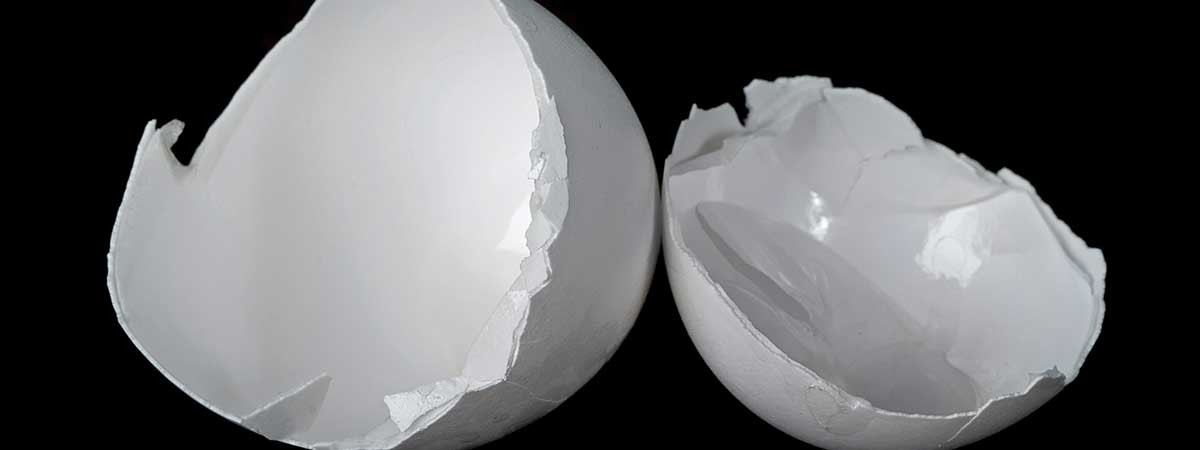According to the American College of Surgeons, 6.5 million people suffer from chronic wounds in the USA alone. These cause constant pain for the affected persons. The problem becomes more acute with demographic development: the ability to heal wounds decreases with increasing age.
Covering problem
There are numerous covering materials for the treatment of chronic wounds. But so far none is suitable for all wounds, and none can guarantee healing. A new material could make wound care better and more effective. It was developed by the Norwegian company Biovotec. The unique membrane consists of collagen and other proteins and is made from processed shell membrane of chicken eggs as a raw material.The Biovotec wound dressing showed very good results in animal experiments. Ongoing patient testing is also promising. The unique patch is expected to be approved for clinical use in early 2020.
Delicate raw material
It is not always easy to peel a boiled egg: the thin shell membrane often sticks to the firm egg white and tears easily during peeling. Mechanically separating the shell and delicate skin is therefore not an easy matter. The details of just how the Norwegian company Adigo has solved this with and for Biovotec are top secret.The raw material comes from a food manufacturer. Up to 100,000 eggs per hour are crushed and processed by machine. Adigo's processing plant for Biovotec prepares the shells in a multi-stage process. Approximately 23 kilograms of shell membrane can be obtained as raw material from 600 kilograms of egg shell.
TYR rotary lobe blowers and SAMOS side channel blowers from Busch take care of the material transport between the process steps. They generate vacuum or overpressure in order to either suck in lime scale and shell membrane on their way through the system or to move them by blowing.
